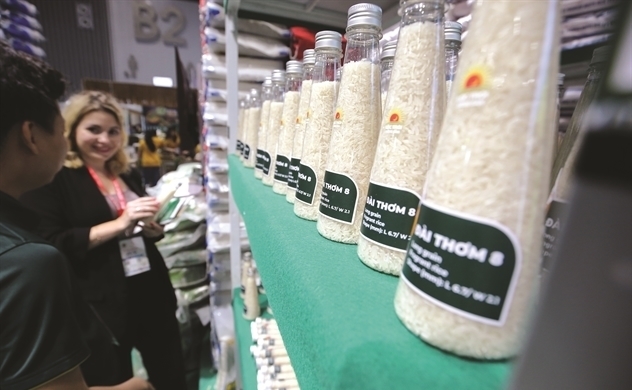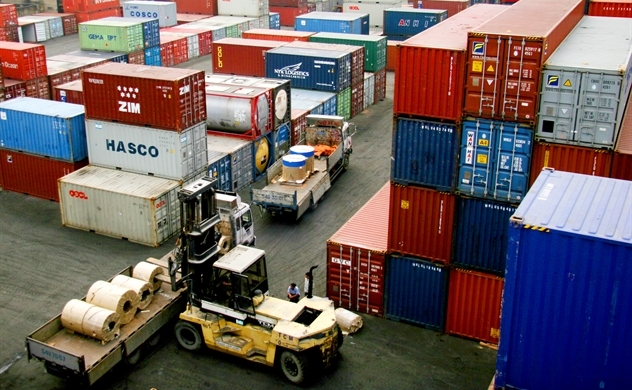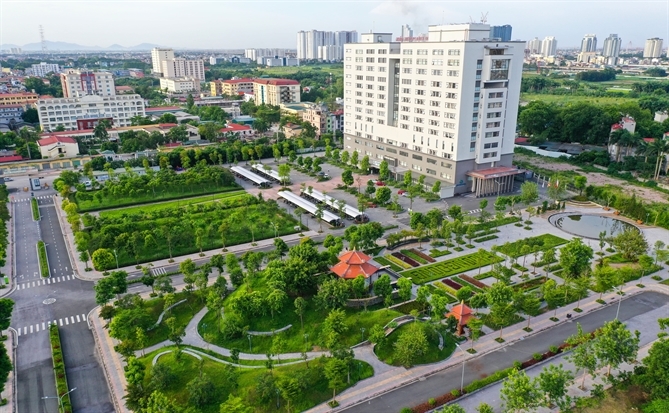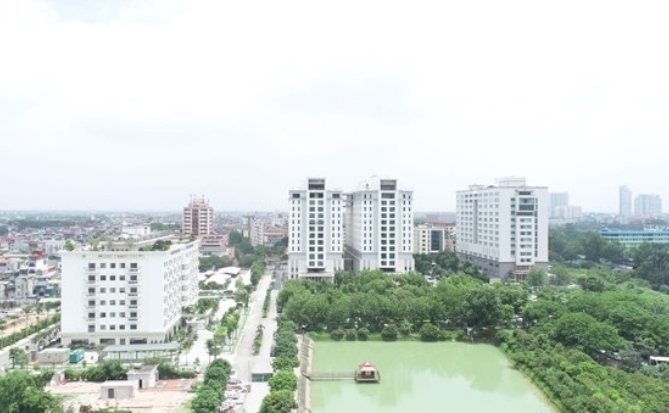Exporting agricultural products "maintains the stronghold"

Agricultural exports have risen as the only bright spot even though Vietnam's exports have still decreased from the beginning of the year until now. Photo: Quy Hoa.
Although the global trade cycle has shown initial signs of recovery, Vietnam's exports are still down 7% from the beginning of the year until now.
Demand for goods from Western countries has dropped, and Vietnam's main export products, from consumer electronics and garments and shoes to wooden furniture and machinery, are in the doldrums. In that context, agricultural exports emerged as the only bright spot.
According to HSBC experts' assessments, Vietnam has a strategy to diversify exports not only focusing on rice, the market share of this product has stagnated over the past decade. Instead, Vietnam has proactively cultivated fruits and vegetables for export.
China is an important importing country for Vietnam's rice and seafood products, accounting for up to 65% of Vietnam's fruit and vegetable market share. This explains why the market share has tripled over the past decade.
After China reopened, Vietnam's tropical fruit exports increased significantly, partly in response to the protocol signed between the two countries in 2022.
Currently, 80% of Vietnam's dragon fruits and 90% of lychees are exported to its northern neighbor. In particular, Chinese consumers' new love for durian has brought significant benefits to durian exports in ASEAN.
Vietnam has reached a record high level of durian exports to China (up 1,400% over the same period last year) as of the third quarter of 2023. This result ensures durian the leading position in Vietnam's fruit export sector with a proportion of nearly 40%.
As the world's third largest rice exporter, behind only India (40%) and Thailand (15%), Vietnam (13%) has benefited significantly from the recent rice price race in the global rice market.
Since July, the benchmark export price of Thai rice has increased 40% year-on-year to a 15-year high, partly due to India's export ban on some rice products. and weather disruptions.
Since then, these developments have resulted in Vietnam's rice exports achieving an impressive growth of 50% over the same period last year.
Despite opening up opportunities, Vietnam is still finding ways to balance domestic food security needs with growing export needs.
According to the recently announced rice export strategy, Vietnam aims to cut rice exports to only 4 million tons per year by 2030, half of this year's estimated level, citing the need to “Promoting high quality rice, ensuring domestic food security and adapting to climate change”.
In the coming time, it is important for Vietnam to take advantage of free trade agreements (FTAs) and focus on bringing export products to international standards to further enhance its market potential.
Same category news
-
Huyen Hoang
-
Huyen Hoang

 TIẾNG VIỆT
TIẾNG VIỆT 


















